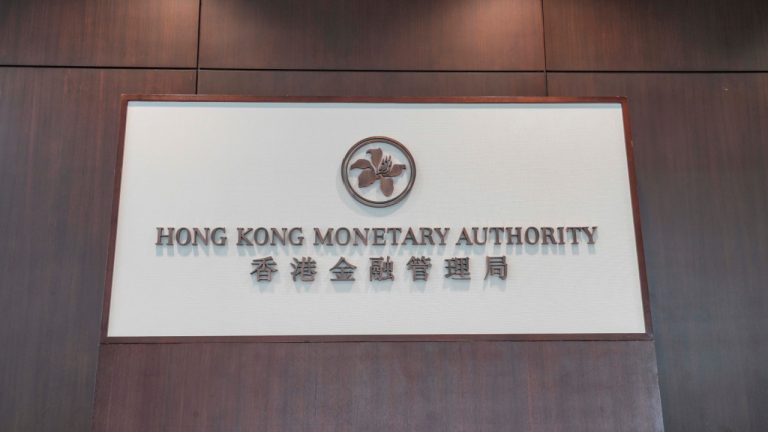
The Hong Kong Monetary Authority (HKMA) has recently completed a series of tests regarding the programmability of the e-HKD, the proposed Hong Kong central bank digital currency (CBDC). While still in its initial phases, the e-HKD presents “interesting” use cases, HKMA CEO Eddie Yue stressed. He also revealed that the Mbridge project aims to have a minimum viable product for mid-2024.
Hong Kong Monetary Authority Advances e-HKD Research
The Hong Kong Monetary Authority (HKMA) has recently offered new insight into the different tests conducted with the e-HKD, a proposed central bank digital currency (CBDC). Eddie Yue, CEO of the HKMA, revealed that these tests focused on the programmable function of the e-HKD, allowing the issuer to establish certain limits in which the digital currency can be used.
According to the South China Morning Post (SCMP), this feature was tested by the Bank of China in Hong Kong this month. Furthermore, the bank has teamed up with ten firms, allowing customers to use the e-HKD in various retail payment promotions.
On the significance of these tests, Yue stated:
There are some interesting use cases of e-HKD in the areas like programmable payments, and in new areas like tokenised deposits and tokenised assets.
However, Yue detailed that e-HKD was still just in its trial stages, stressing that the HKMA had to “find a use case that is better than the current retail payments. Because if you are not either safer, faster, or more convenient, then it will not be doable.”
Project Mbridge
The HKMA is also a part of Project Mbridge, a CBDC network currently being tested jointly with the People’s Bank of China (PBOC) and the central banks of Thailand and the United Arab Emirates. Regarding this test, Yue stressed that the four participants were working out “important policy issues like governance and liquidity provisions,” getting ready to launch a minimum viable product by mid-2024.
Yue’s estimations differ from what Reuters, citing four people with knowledge on the subject, reported in August when it informed that Mbridge might have a minimum working product ready by year-end. Mbridge is currently under the watch of several central banks, which fear it could be used to move funds beyond the limits and sanctions of Western countries.
What do you think about the e-HKD tests conducted by the Hong Kong Monetary Authority and the Mbridge project? Tell us in the comments section below.






